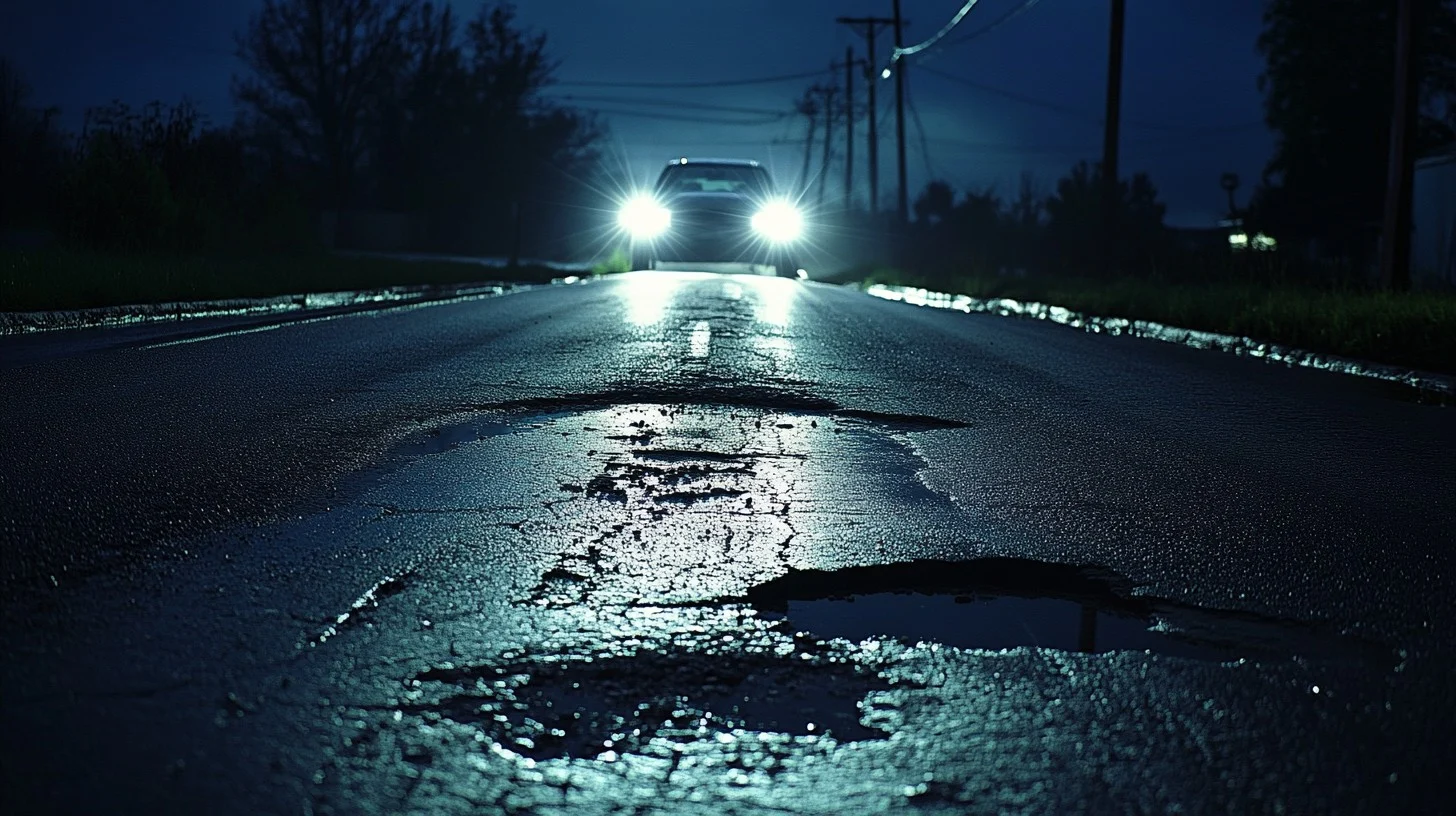Car trouble is never convenient, but breaking down at night presents unique challenges. Dim lighting, reduced visibility, and potentially colder temperatures can make the situation more stressful and even dangerous. This comprehensive guide provides valuable insights into how to handle car recovery at night, ensuring your safety and a smooth recovery process.
Understanding the Night-Time Challenges:
Recovering a vehicle at night requires a different approach compared to daylight hours. Here are some key challenges:
- Reduced Visibility: Darkness significantly reduces visibility, making it harder for both you and the recovery driver to see. This increases the risk of accidents and makes it more difficult to locate your vehicle.
- Safety Concerns: Being stranded at night, especially in an unfamiliar or isolated area, can raise safety concerns. It’s crucial to take precautions to protect yourself.
- Location Difficulties: Finding a broken-down vehicle in the dark can be challenging, especially if it’s off the main road or in an area with poor lighting.
- Communication Issues: Communication can be more difficult at night, particularly if you’re in an area with weak cell phone reception.
- Temperature Drops: Night-time temperatures can drop significantly, especially in certain climates. This can make waiting for recovery more uncomfortable and potentially dangerous if you’re not prepared.
Steps to Take When Your Car Breaks Down at Night:
- Pull Over Safely: As soon as you realize your car is having problems, pull over to the safest location possible. Try to get off the main road and onto the shoulder or a designated lay-by. Avoid stopping on bends, hills, or in areas with poor visibility.
- Activate Hazard Lights: Turn on your hazard lights immediately to warn other drivers of your presence. This is crucial for preventing accidents, especially in the dark.
- Assess the Situation: Try to determine the cause of the breakdown. Is it a flat tire, a dead battery, engine trouble, or something else? This information will be helpful when you contact the recovery service.
- Stay Inside Your Vehicle (Generally): Unless there’s a serious safety concern (e.g., fire), it’s generally safest to stay inside your vehicle while waiting for recovery. Lock your doors and remain vigilant.
- Call for Assistance: Contact your roadside assistance provider or a reputable car recovery service. Be prepared to provide your location, the nature of the breakdown, and your vehicle details. If you’re unsure of your location, use a navigation app or look for landmarks.
- Provide Accurate Location Information: The more accurate the location information you provide, the faster the recovery driver can reach you. If possible, share your GPS coordinates or use a location-sharing app.
- Stay Visible: Even with hazard lights, it’s essential to make your vehicle as visible as possible. If you have them, place a warning triangle a safe distance behind your car (at least 45 meters or 150 feet). If you have flares, use them cautiously and only if it’s safe to do so.
- Be Prepared for a Wait: Night-time recovery can sometimes take longer due to increased demand and reduced visibility. Be patient and stay in contact with the recovery service for updates.
- Stay Warm and Comfortable: If you anticipate a long wait, try to stay warm and comfortable. Have a warm blanket, extra clothing, and some snacks and water in your car.
- Inform Someone of Your Situation: Let a friend or family member know your location and that you’re waiting for car recovery. This is a good safety precaution, especially if you’re in an isolated area.
Tips for Choosing a Night-Time Car Recovery Service:
- 24/7 Availability: Ensure the recovery service operates 24 hours a day, 7 days a week.
- Fast Response Times: Inquire about their average response times, especially at night.
- Nationwide Coverage (If Needed): If you’re traveling, choose a service that covers your route.
- Reputation and Reviews: Check online reviews and testimonials to gauge the service’s reliability and customer satisfaction.
- Pricing Transparency: Ask for a clear explanation of their pricing structure, including any potential surcharges for night-time call-outs.
Safety Precautions for Night-Time Breakdowns:
- Choose a Safe Location: Prioritize pulling over in a well-lit and relatively safe area.
- Stay Inside Your Car: Unless absolutely necessary, stay inside your locked vehicle.
- Be Aware of Your Surroundings: Pay attention to any unusual activity or sounds.
- Trust Your Instincts: If you feel unsafe, contact the police or emergency services.
- Share Your Location: Let someone know where you are and when you expect to be recovered.
Breaking down at night can be a daunting experience, but by following these guidelines, you can ensure your safety and a smooth recovery process. Being prepared, staying calm, and choosing a reliable recovery service are key to navigating the night and getting back on the road quickly and safely.

